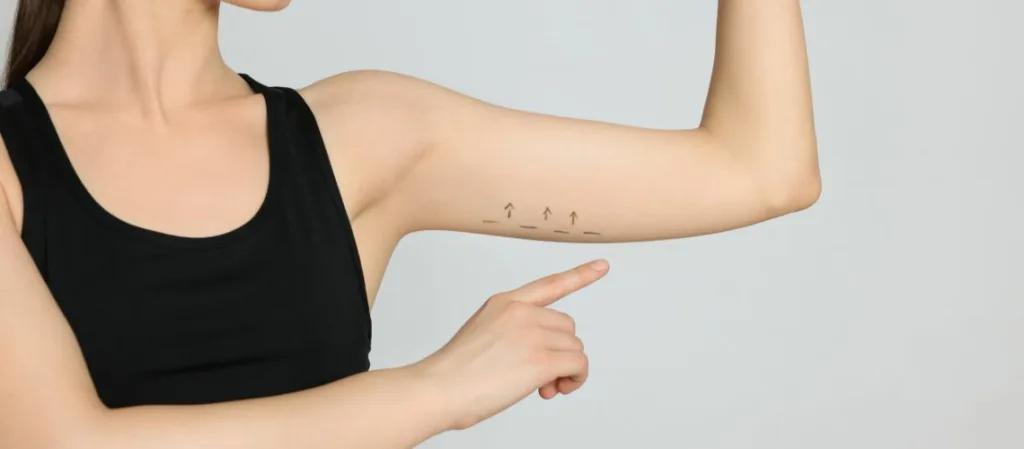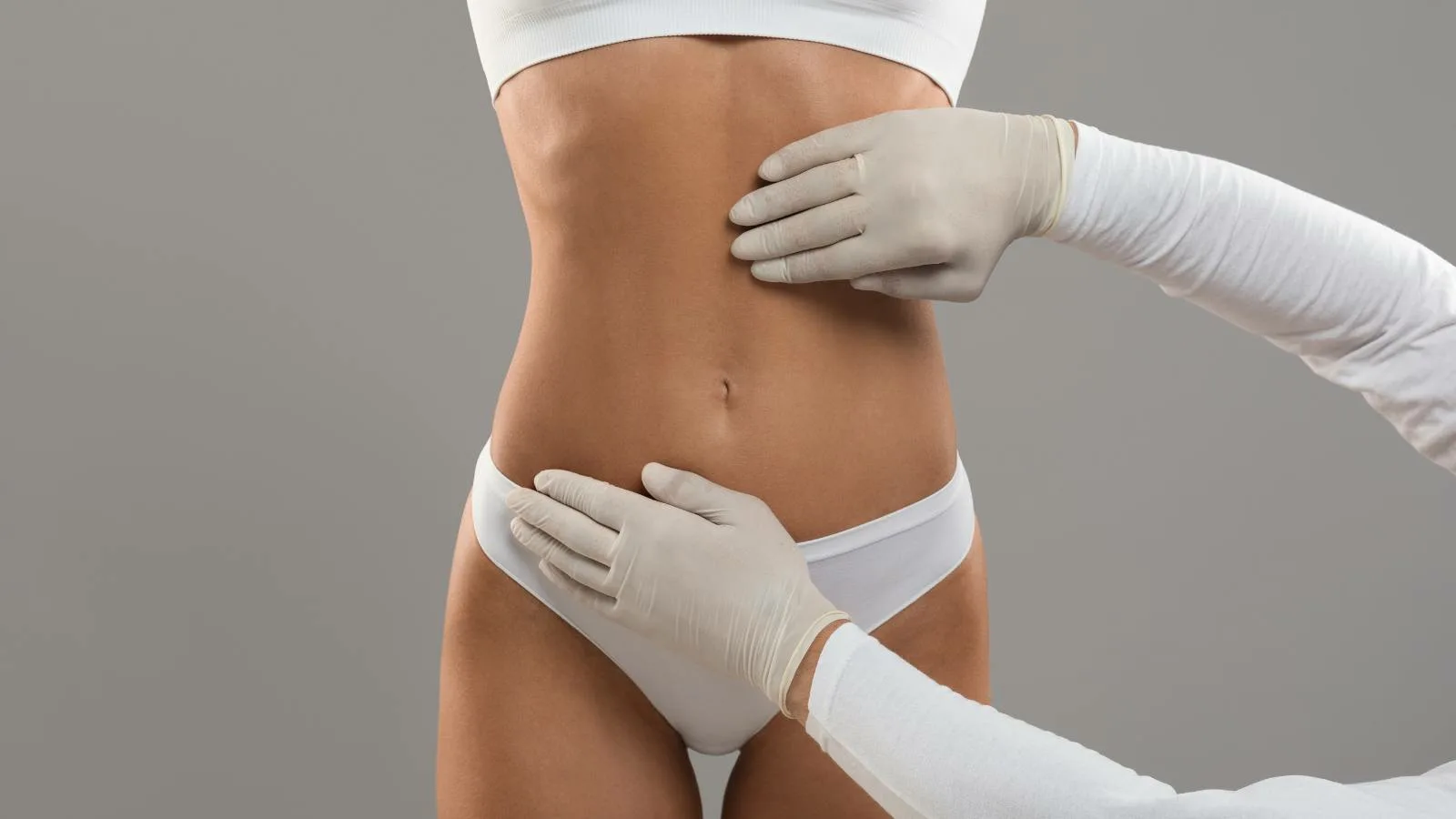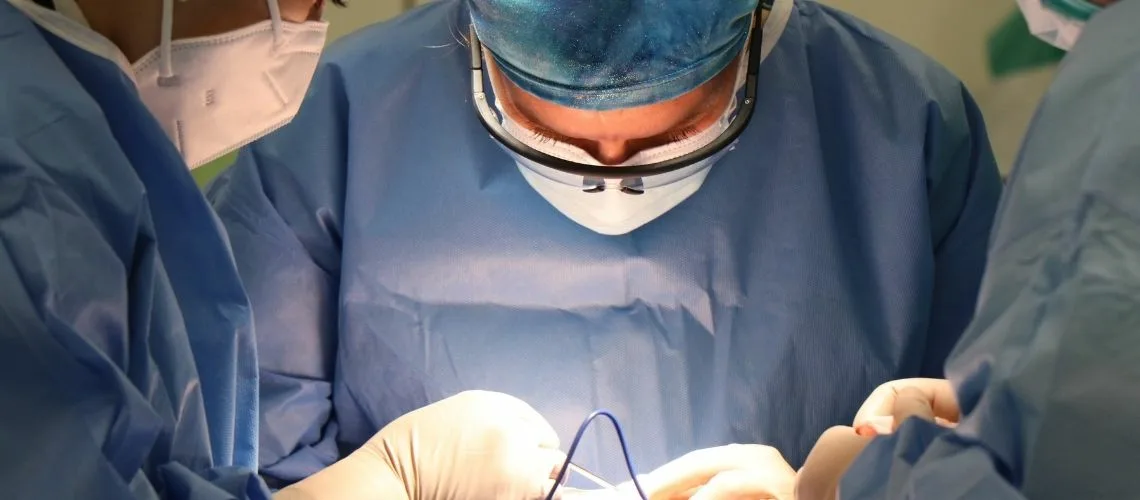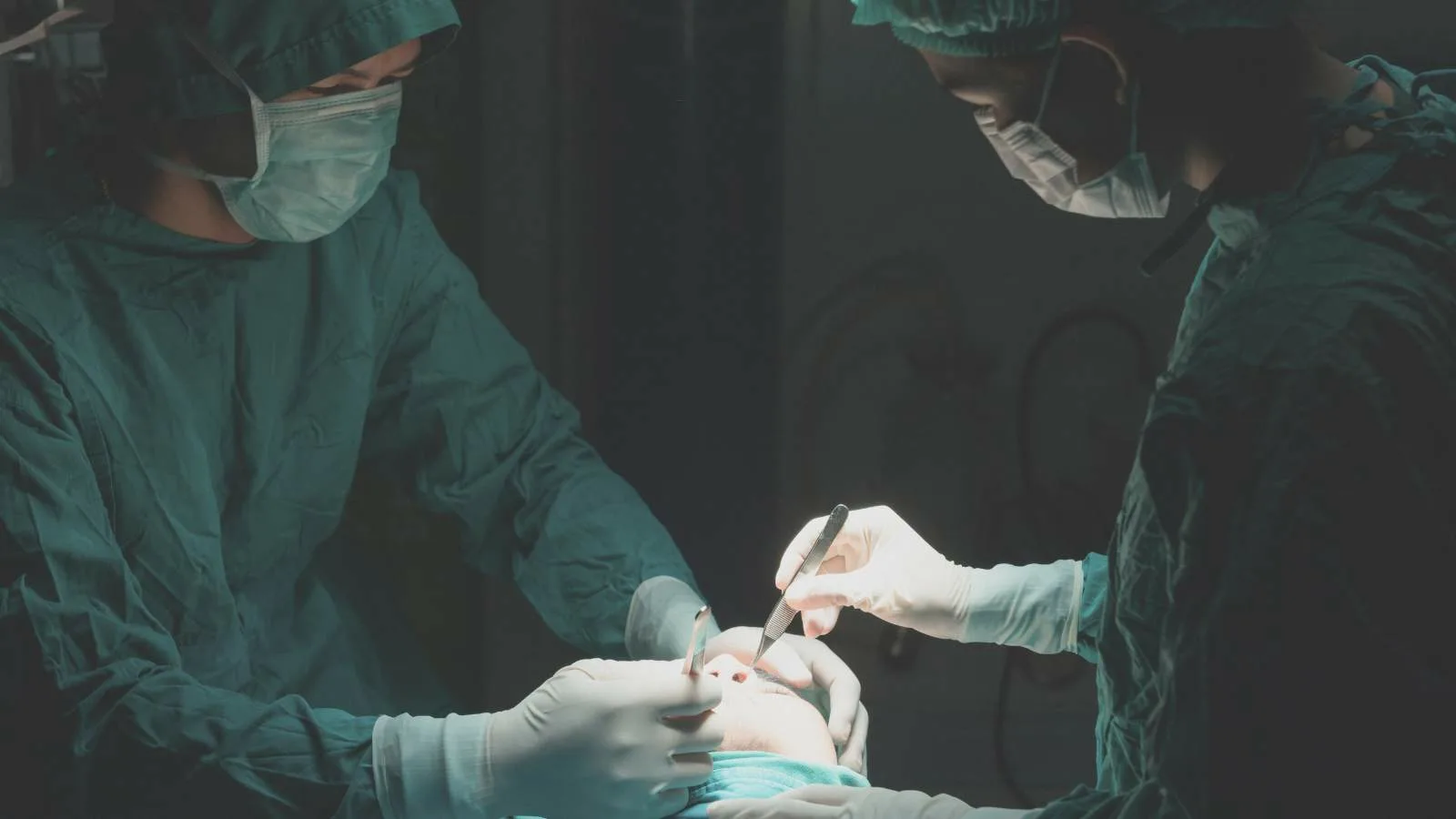The recovery process after arm lift surgery, or brachioplasty, requires close attention to wound care and mobility. This procedure removes excess skin and fat from the upper arms, creating a firmer and more defined contour.
In the first days after surgery, patients may experience swelling, bruising, and mild pain. Wearing compression garments helps reduce swelling and support tissues during the healing phase, accelerating recovery and improving scar quality.
Mobility should be gradually restored with light movements, avoiding strenuous lifting or exercise until medically approved. Proper wound care and adherence to hygiene measures minimize the risk of infection and promote optimal healing.
Final results of brachioplasty become visible after several months, once swelling fully subsides and scars mature. Long-term outcomes are enhanced by stable weight, regular exercise, and healthy lifestyle habits that maintain arm definition.
What Is the General Recovery Timeline After an Arm-Lift Operation?
Although the first phase of recovery and return to daily life after an arm-lift takes only a few weeks, swelling, edema, and final scar maturation can last for months—sometimes up to a year. Complete healing varies from person to person, yet a general timeline can guide you.
What Should I Expect in the First 1-2 Weeks? (Early Recovery)
This initial period is when you need the most rest. Post-operative pain, swelling, and bruising are most intense now. Your surgeon’s pain medicine will keep you comfortable. Your arms will be wrapped in bandages or a special compression garment to support the incisions and reduce swelling and edema. If used, small tubes (drains) that collect fluid beneath the skin are usually removed within the first few days. If your sutures are not absorbable, they are usually taken out 10 days to 2 weeks post-op. Toward the end of this period you’ll be advised to take brief walks around the house to improve circulation and reduce clot risk.
What Happens Between Weeks 2 and 6? (Mid-Recovery)
During this phase swelling, edema, and bruising visibly decrease. People often return to desk work within 1-3 weeks. If your surgeon approves, silicone strips or creams to improve scar appearance usually start after week 2. Wearing the compression garment for as long as prescribed—anywhere from a few weeks to several months—is vital. You may resume more vigorous exercise and sports at 4-6 weeks, again with medical clearance and gradually. Activities that heavily engage the arms—such as tennis, golf, or heavy lifting—often require 6-8 weeks or longer.
What Happens in the Months That Follow? (Long-Term Recovery)
Residual swelling and edema resolve during this longer phase. Your arms’ new, firm contour and the final aesthetic outcome become clearer. Scars keep maturing: they soften, flatten, and fade to blend with the surrounding skin. This maturation begins around month 6 and may continue for 1-2 years. The tightened look is largely permanent, but future aging or major weight changes may cause some degree of recurrent laxity.
What Should I Expect Immediately After Surgery?
On waking you’ll find your arms bandaged or in a garment—and possibly with drains. Some pain or discomfort, controllable with medication, and limited arm movement are normal.
Will I Stay in the Hospital?
Arm-lift surgery is usually outpatient, meaning you go home the same day. Nevertheless, depending on operating time, overall health, or post-op nausea, you might stay one night.
What Do Bandages and the Compression Garment Do?
The surgical area is covered with sterile dressings. Over that, a special compression garment or elastic bandage reduces swelling and edema, supports tissues, and prevents fluid build-up—crucial for early healing.
Why Are Drains Used?
Temporary thin tubes can be placed under the skin to evacuate excess blood or fluid at the incision line. They prevent accumulation, facilitate healing, and lower infection risk. Once drainage drops, usually after a few days, your surgeon removes them. Some surgeons opt not to use drains.
How Will I Feel at First?
As anesthesia wears off you may feel slight nausea, dizziness, or grogginess. Mild-to-moderate incisional pain or soreness is normal and managed with medication. Bandages and swelling can restrict arm movement.
What Should I Watch for When Going Home and at Home?
You cannot drive after surgery, so arrange for someone to take you home. For the first 24 hours—and likely the first few days—you may need help with meals, dressing, and other daily tasks. Until anesthesia effects fade, avoid getting up alone, especially the first night.
How Is Post-Operative Pain and Discomfort Managed?
Pain, especially in the first few days, is effectively controlled with your surgeon’s prescribed medication and diminishes over time. Mild-to-moderate pain or discomfort is normal.
How Long Does Pain Last?
Pain peaks during the first 2-3 days, then eases rapidly. Everyone’s pain threshold differs. You may also feel tightness in the arm.
What Helps Reduce Pain?
Take prescribed pain pills regularly at first, then as needed. Once discomfort eases, and with your surgeon’s approval, you may switch to over-the-counter pain relievers. Avoid aspirin-like drugs that raise bleeding risk. Beyond medication, elevating your arms on pillows above heart level reduces swelling and edema, bringing relief. Wearing the garment adds support. Rest and avoiding sudden arm movements are also helpful.
Why Is Pain Control Important?
Controlling pain improves comfort and aids healing by allowing early light activity (brief walks) that minimize clot risk—and supports morale. If pain is severe or worsening, contact your surgeon promptly.
How to Handle Swelling (Edema) and Bruising?
Post-operative swelling and bruising are normal. The best strategies are wearing the garment and elevating your arms above heart level.
When Do Swelling and Bruising Subside?
Swelling is worst in the first 2-3 days, then recedes over weeks and months. Bruises largely fade within 2-3 weeks. Swelling and edema may take 3-5 weeks—or longer—to vanish. A small amount of stubborn swelling can linger for a few months. Your hands might also swell a bit.
Why Is Wearing the Compression Garment So Important?
It reduces swelling and edema, closes dead spaces, supports healing tissues, and helps the arms adapt to their new shape. Wear it exactly as and for as long as your surgeon instructs.
How Does Elevating the Arms Help?
Propping your arms on pillows above heart level prevents fluid pooling, easing swelling and edema and reducing discomfort. Sleeping on your back with your head slightly elevated is also beneficial.
What Else Helps Swelling?
Drinking enough water and doing surgeon-approved light activity (short walks) support circulation and lymphatic drainage, helping swelling and edema resolve faster.
How to Care for the Wound and Manage Scars?
Proper wound care prevents infection and yields the best cosmetic result. Follow your surgeon’s directions. Scar management begins once wounds have healed.
What Does Wound Care Involve?
Your surgeon or nurse will give specific instructions on dressing changes, gentle cleansing (wiping or washing), and any ointments. Avoid touching incisions unnecessarily. Maintaining hygiene and taking any prescribed antibiotics lowers infection risk.
When May I Bathe?
Your surgeon decides when you may shower or bathe. Usually it’s after drains and initial bandages are removed—48 hours to 10 days, depending on the case. In the shower, don’t spray incisions directly with forceful water, and pat them dry gently. Wait until wounds are fully healed before soaking in a tub, pool, or sea. Ask your surgeon for the exact timing.
How Can I Improve Scar Appearance?
Once wounds close, protect scars from sun for at least one year to prevent darkening. Cover scars or use high-SPF sunscreen. Your surgeon may recommend silicone gel or sheets to soften scars. Scar healing varies by individual; sometimes scars become more prominent (hypertrophic or keloid) or widen, requiring additional treatment.
When Can I Return to Work?
Desk jobs and other light work usually resume within 1-3 weeks. Physically demanding jobs may require a longer break.
When Can I Start Exercise and Sports?
More vigorous exercise and sports typically resume at 4-6 weeks—gradually and with your surgeon’s approval. Arm-intensive sports (tennis, weightlifting) often require 6-8 weeks or more.
When May I Drive?
You may drive once off pain medication and able to move your arms comfortably and make sudden maneuvers—usually after a few weeks. Confirm with your surgeon.
When Is Sexual Activity Permitted?
Sex is a form of physical activity. You may resume when you feel comfortable and avoid over-straining the arms—typically after a few weeks. Ensure no pressure or tension on the incisions. Consult your surgeon for advice.
What Should Nutrition Be Like During Recovery?
A healthy, balanced diet supports healing. Consume plenty of protein (meat, poultry, fish, legumes), vitamins—especially vitamin C—and minerals to aid wound repair. Drink ample water to reduce edema and boost overall health.
Is It Normal to Experience Itching After Surgery?
Yes. Itching in or around incisions is common during healing and may reflect nerve regeneration. If itching is severe or accompanied by a rash, inform your surgeon. Avoid scratching, which can lead to infection or worsen scars.
General Points to Watch During Recovery
- Follow your surgeon’s instructions strictly and attend all follow-ups.
- Take prescribed medications as directed.
- Wear compression garments or bandages for the recommended duration.
- Keep your arms elevated whenever possible.
- Perform wound care meticulously.
- Avoid sudden, strenuous arm movements and heavy lifting.
- Resume exercise and sports gradually, only after medical clearance.
- Adopt healthy eating habits and drink plenty of water.
- If you smoke, strongly consider quitting or pausing, as smoking harms healing.
If you notice anything unexpected—severe pain, fever, redness, discharge at the wound, or excessive swelling—contact your surgeon immediately.
Are the Surgical Results Permanent?
The tightened arm contour achieved surgically is largely permanent. However, natural aging or significant future weight changes can cause some recurrence of laxity. Maintaining a healthy lifestyle and stable weight helps preserve results for the long term.
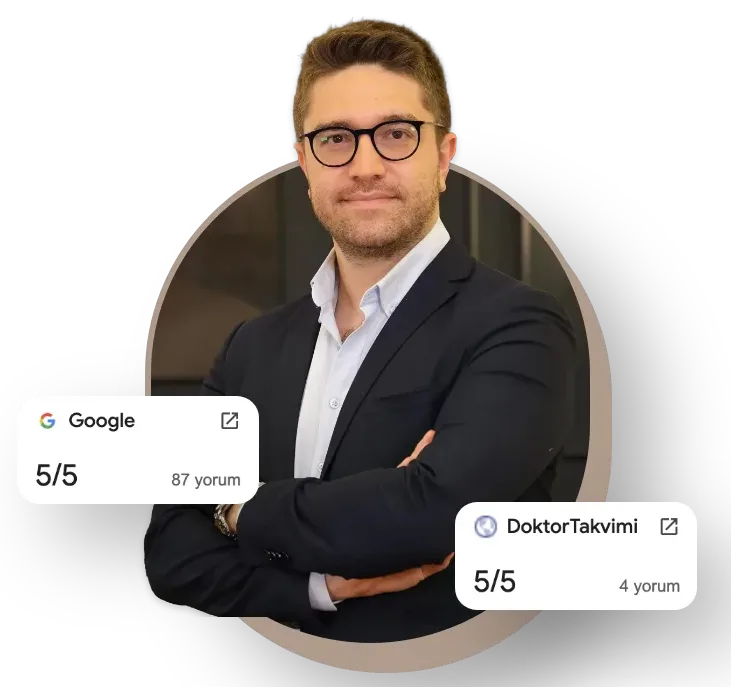
Op. Dr. Erman Ak is an internationally experienced specialist known for facial, breast, and body contouring surgeries in the field of aesthetic surgery. With his natural result–oriented surgical philosophy, modern techniques, and artistic vision, he is among the leading names in aesthetic surgery in Türkiye. A graduate of Hacettepe University Faculty of Medicine, Dr. Ak completed his residency at the Istanbul University Çapa Faculty of Medicine, Department of Plastic, Reconstructive and Aesthetic Surgery.
During his training, he received advanced microsurgery education from Prof. Dr. Fu Chan Wei at the Taiwan Chang Gung Memorial Hospital and was awarded the European Aesthetic Plastic Surgery Qualification by the European Board of Plastic Surgery (EBOPRAS). He also conducted advanced studies on facial and breast aesthetics as an ISAPS fellow at the Villa Bella Clinic (Italy) with Prof. Dr. Giovanni and Chiara Botti.
Op. Dr. Erman Ak approaches aesthetic surgery as a personalized art, tailoring each patient’s treatment according to facial proportions, skin structure, and natural aesthetic harmony. His expertise includes deep-plane face and neck lift, lip lift, buccal fat removal (bichectomy), breast augmentation and lifting, abdominoplasty, liposuction, BBL, and mommy makeover. He currently provides safe, natural, and holistic aesthetic treatments using modern techniques in his private clinic in Istanbul.

